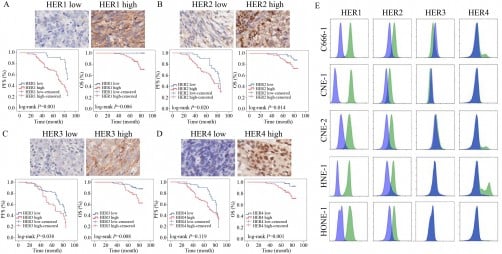Study Reveals 30% of Stillbirths Lack Clear Risk Factors

The heartbreak of stillbirth affects thousands of families across the United States each year, with a significant portion occurring without identifiable risk factors. A recent study published in the medical journal JAMA analyzed nearly 2.8 million pregnancies and found that approximately 30% of stillbirths transpired without a clear medical cause. Researchers from the Harvard T.H. Chan School of Public Health and Mass General Brigham conducted this extensive analysis, revealing disparities that predominantly impact Black families and low-income communities.
Between 2016 and 2022, the findings indicated that stillbirths occurred in about 1 in every 147 U.S. births. This rate surpasses the 1 in 175 ratio reported by the U.S. Centers for Disease Control and Prevention (CDC). The study highlighted even more alarming statistics for disadvantaged groups, where stillbirth rates were marked at 1 in 112 for low-income families and 1 in 95 in communities with higher proportions of Black residents.
The researchers noted that part of the discrepancy in reporting stillbirths might arise from inconsistencies in fetal death certificates. Jessica Cohen, co-senior author and professor of health economics at Harvard, emphasized that the varying quality and definitions across states can distort national data. More than 70% of stillbirths in the study involved at least one known risk factor, such as obesity, diabetes, or substance use. Yet, nearly a third occurred without any apparent warning signs.
“It’s astonishing that in our day and age, so many stillbirths happen with no identified risk factors,” Cohen stated. She contrasted the sophisticated technology available for tracking health metrics with the limitations in monitoring pregnancy complications. Risks surged in pregnancies complicated by chronic high blood pressure, low amniotic fluid, or fetal anomalies, especially after 41 weeks of gestation.
The study’s results drew attention to the structural inequities and biases in maternal care that contribute to these disparities. Dr. Harvey Kliman, a placental researcher at Yale University who was not involved in the study, pointed out, “There is no biological reason for there to be almost triple the rate of stillbirths in American Blacks compared to Whites.” He noted that this disparity has persisted and remains largely unchanged.
Families affected by stillbirth often describe the experience as sudden and traumatic. Jaye Wilson, a nurse from Maryland, lost her baby at 22 weeks due to a placental abruption. She recounted feelings of bias and disbelief from medical staff, which compounded the pain of her loss. In response to her experience, Wilson founded Melinated Moms, a nonprofit organization dedicated to supporting mothers of color.
Similarly, Samantha Banerjee, who resides in an affluent suburb of New York City, lost her daughter just two days before her due date. Banerjee initiated PUSH for Empowered Pregnancy to raise awareness about the emotional and physical challenges surrounding pregnancy. “I’ll never forget the look on my cat Gio’s face as I was walking out the door to the emergency room,” she recounted. “He had been with me throughout my entire pregnancy, and in that moment, I just knew something was wrong.”
As the research illustrates, the issue of stillbirth is complex and deeply intertwined with socioeconomic factors and healthcare access. The findings urge a reconsideration of how maternal care is delivered, particularly within marginalized communities. For further information on stillbirth, the CDC provides resources and guidance on the topic.






